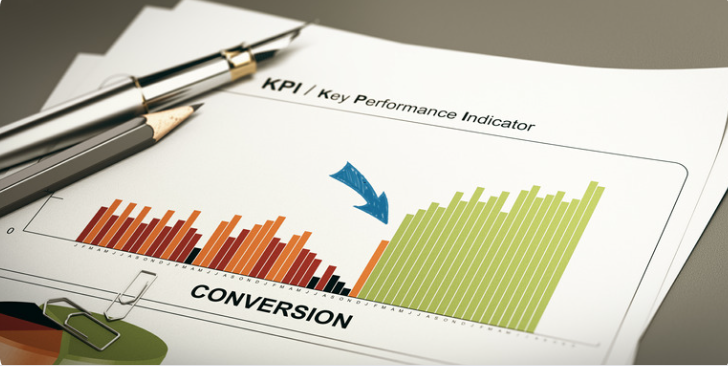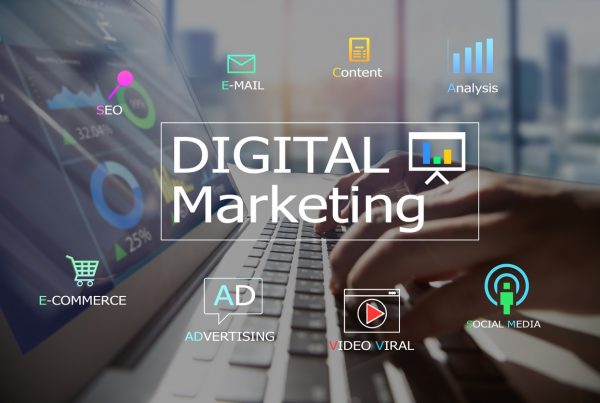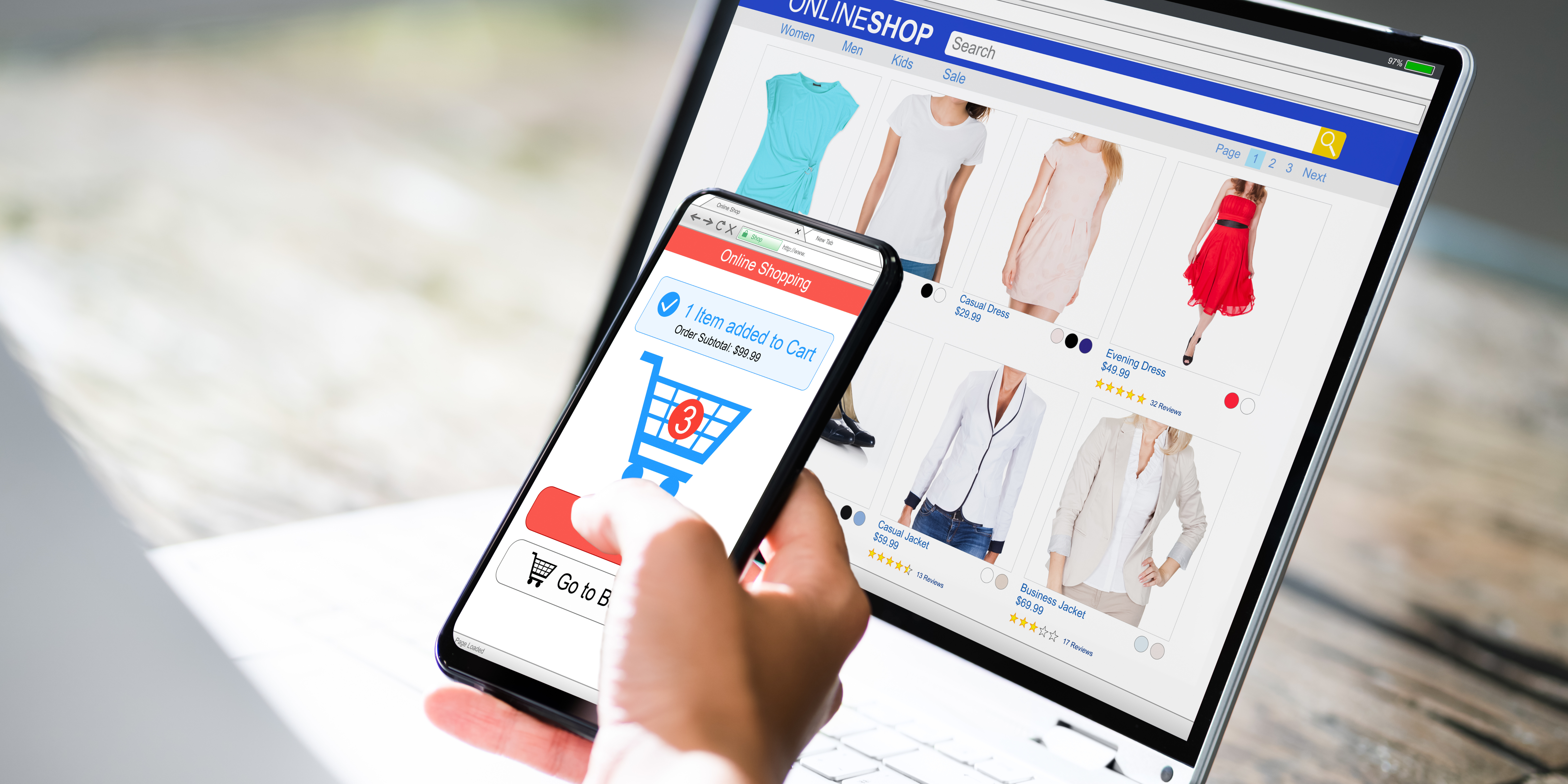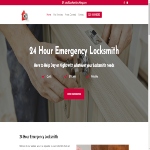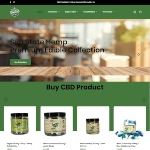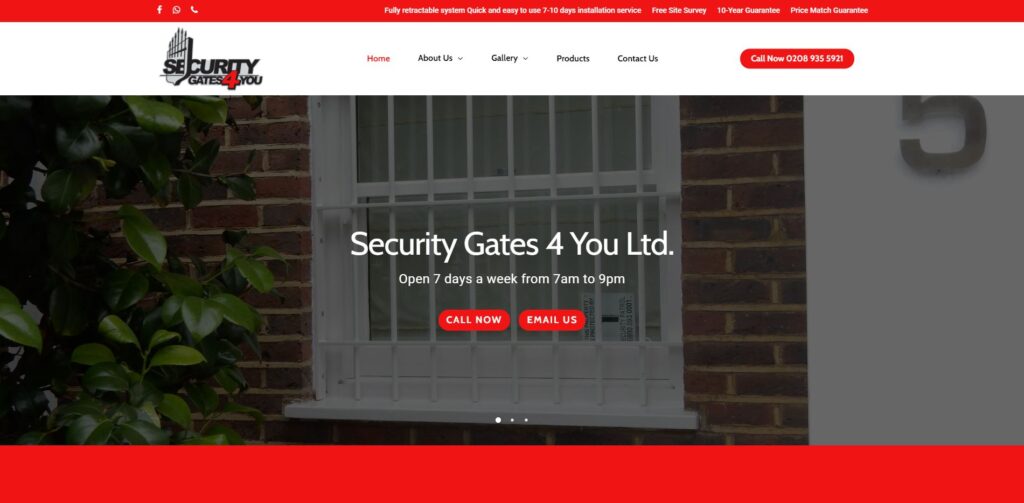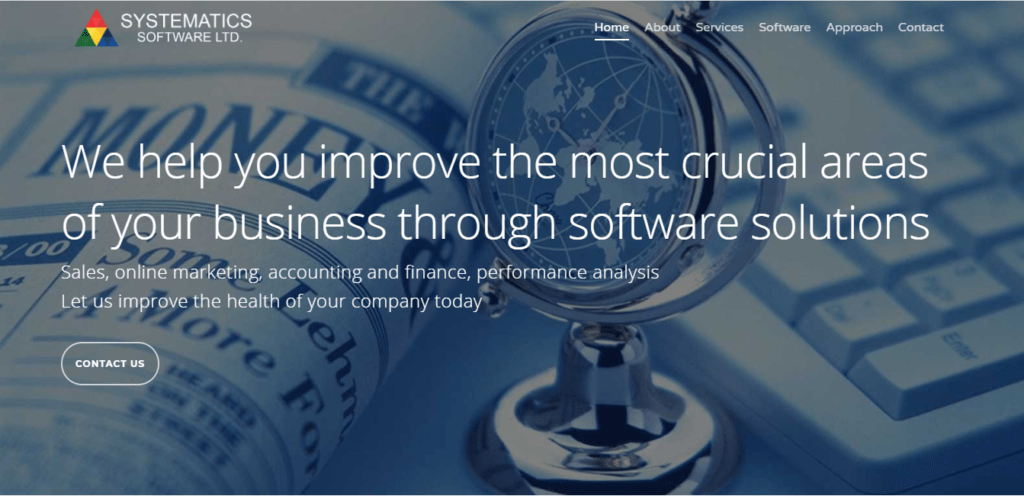It’s no secret that a picture is worth a thousand words, and in the realm of online businesses, high-quality images can speak volumes. Today, we’ll dive into the fascinating world of how high-quality images impact website conversions. Furthermore, we’ll explore the statistics, the psychology behind it, and why optimising your website’s visual content is not just a choice but a necessity.
The Visual Dominance in the Digital Age
Visuals have now become something of a primary mode of communication for website content. In fact, a staggering 90% of information transmitted to the brain is visual, and visuals are processed 60,000 times faster than text. When a web page contains text and images, people tend to spend more time on it than on pages with text alone.
The implications for website owners are clear. Incorporating high-quality images into your website, especially those optimised for Google Image Search, is not just an aesthetic choice but one that can directly affect user engagement and, consequently, conversions.
See how our agency can drive massive amounts of traffic to your website
SEO :
Unlock massive amounts of SEO traffic see real results.
Content marketing :
Our team creates epic content that will get shared, get links, and attract traffic
Paid media :
Effective paid strategies with clear ROI.
The Trust Factor: Why High-Quality Images Matter
Here’s some statistics to show you just how powerful the impact is on a website’s credibility.
The metrics
- 94% of users’ first impressions are design-related, which includes website images.
- 75% of a website’s credibility is linked to its design, with image quality playing a significant role.
The Unspoken Language of Trust
High-quality images communicate trust subconsciously. Moreover, well-composed visuals convey professionalism and reliability. Consequently, this adds to the brand reputation and website’s credibility.
Website Images: The Visual Handshake
One of the important things about website images is that it builds trust as it is a reciprocal exchange between you and your website visitors. As a matter of fact, trust extends to brand identity, fostering customer loyalty and recommendations. Moreover, product images are quite critical as it influences purchase decisions in e-commerce. Consequently, high-quality website images lead to increased engagement and conversions.
In Summary
- High-quality website images are vital for building trust, fostering engagement, and driving conversions.
- Each image serves as a silent yet eloquent ambassador of your brand’s reliability and dedication to user satisfaction.
Google Image Search is a powerful tool for attracting users to your website. When users search for images related to your products or services, you want your visuals to appear at the top of the results. Also, this requires proper image optimization, including relevant alt text, descriptive file names, and high-quality images.
Using Images Strategically to Boost Conversions
Incorporating high-quality images into your website is only half the battle. In fact, to truly harness their power in increasing conversions, you need to use them strategically. Here’s how:
- Choose High-Quality and Relevant Images: The quality of your website images matters. Invest in high-resolution images that are clear and professional. Additionally, ensure that the images are relevant to the content on your website. Irrelevant images can confuse visitors and lead to higher bounce rates.
- Optimise for Page Loading Speed: While high-quality images are crucial, they should not compromise your website’s loading speed. Furthermore, use image optimization techniques to reduce file sizes while maintaining quality. Slow-loading pages can deter visitors and affect conversions negatively.
- Showcase Products Effectively: If you’re running an e-commerce website, product images are critical. Therefore, it is critical to use multiple images from different angles to give potential customers a comprehensive view of your products. Additionally, implement zoom features to allow users to examine the product in detail.
- Use Images to Tell a Story: Images can convey emotions and stories. Utilise them to create a narrative that resonates with your audience. Whether it’s images of happy customers, before-and-after visuals, or the journey of your product from creation to delivery, storytelling through website images can engage visitors and build trust.
- Include Calls to Action (CTAs): Images can be powerful elements for your CTAs. For instance, if you’re offering a downloadable eBook, accompany the download CTA with an image of the eBook’s cover. Also, make the CTA visually appealing, and it’s more likely to capture the visitor’s attention.
- Leverage User-Generated Content: Encourage your customers to share their experiences with your products or services through website images. In fact, user-generated content not only builds trust but also provides authentic visuals of what potential customers can expect. Feature these images on your website and social media platforms.
- A/B Testing: To determine which images work best for your website, conduct A/B testing. Create different versions of your web pages with variations in images and track their performance. Moreover, A/B testing helps you understand which images lead to higher conversions.
- Mobile Optimization: As a matter of fact, with the increasing use of smartphones, it’s crucial to ensure that your images are optimised for mobile devices. Test your website’s responsiveness and image quality on various mobile screens. As a matter of fact, a seamless mobile experience can significantly impact conversions.
- Monitor User Behaviour: Use website analytics tools to monitor how users interact with search images on your site. Identify which images receive the most clicks and engagement. Furthermore, analyse user behaviour to make informed decisions on image placement and content.
In essence, by strategically using search images on your website, you can capture your audience’s attention, convey your message effectively, and ultimately drive more conversions.
We hope you enjoy reading this blog
If you need our expertise please book a meeting with us.
Conclusion
In conclusion, the impact of high-quality images on website conversions is undeniable. Visuals not only capture the attention of users but also foster trust, which is crucial for driving conversions. Additionally, optimising images for search engines can attract more visitors to your website. So, if you want to enhance your website’s performance, pay close attention to the quality and relevance of your visuals. Lastly, get in touch with Explosion Digital today and witness the transformation of your online presence. Visit our website to learn more.
FAQs – Answering Your Burning Questions
Can I use stock images on my website, or should I create custom visuals?
Both options can be viable. Stock images can be of high quality and are cost-effective, but custom visuals can set your brand apart. However, the key is to ensure that the images you choose or create align with your brand identity and message.
How do I optimise images for search engines?
Optimising images for search engines involves using descriptive file names, adding relevant alt text, and ensuring that your images are of high quality and relevant to your content.
Are there any tools to help with image optimization?
Yes, there are various tools available, such as Adobe Photoshop for image editing and WordPress plugins like Yoast SEO for optimising images.
What is the ideal image format for websites?
For most website images, JPEG is the ideal format as it offers a good balance between image quality and file size, making your web pages load faster.


